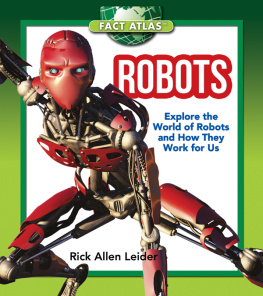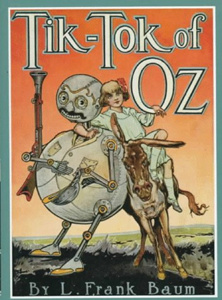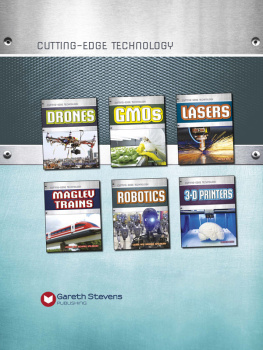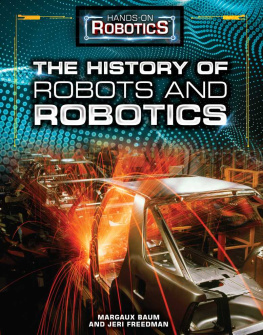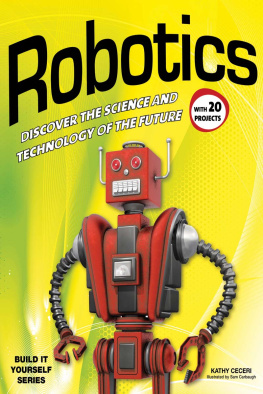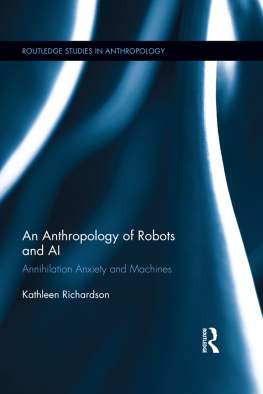Copyright 2015 by Rick Allen Leider
All rights reserved. No part of this book may be reproduced in any manner without the express written consent of the publisher, except in the case of brief excerpts in critical reviews or articles. All inquiries should be addressed to Sky Pony Press, 307 West 36th Street, 11th Floor, New York, NY 10018.
Sky Pony Press books may be purchased in bulk at special discounts for sales promotion, corporate gifts, fund-raising, or educational purposes. Special editions can also be created to specifications. For details, contact the Special Sales Department, Sky Pony Press, 307 West 36th Street, 11th Floor, New York, NY 10018 or .
SSky Pony is a registered trademark of Skyhorse Publishing, Inc., a Delaware corporation.
Visit our website at www.skyponypress.com.
10 9 8 7 6 5 4 3 2 1
Manufactured in China, March 2015
This product conforms to CPSIA 2008
Library of Congress Cataloging-in-Publication Data is available on file.
Cover design by Georgia Morrissey
Cover photo credit: Thinkstock
ISBN: 978-1-63220-439-4
Ebook ISBN: 978-1-63220-820-0
Contents
What Is a Robot?

I t would probably be impossible to come up with a definition of robot that would satisfy everyone. Even robot engineersthe people who build themuse varying definitions of the term. We can say, though, that a robot is a machine that senses, recognizes, and interacts with its environment. That means it can move on its own and may even seem to have a mind of its own!
How a Robot Thinks
But even though a robot may move and think, it is only as smart as its programming. Someone had to design them to do the things they do. Robot engineers design some robots to mimic human behavior, like greeting people or playing a musical instrument. Others program robots to carry out useful tasks, like performing surgery or welding mechanical components. Factory robots can execute complex tasks more quickly and accurately than human workers, and they dont take lunch hours, bathroom breaks, or vacations. About 90 percent of robots work in factories, and half of them build automobiles or work in metal foundries.


A robot arm, such as this one, was built to weld automotive components. The same kind of arms are shown below, busy at work in an auto factory. Most of the robots in use today build things or perform other factory tasks.
EVERYDAY ROBOTS
EVERY DAY you use at least a dozen things created by robots in factories. When you drive in a car or ride a bus, youre traveling in something built mostly by robots.
What Robots Can Do
Still, robots are breaking into many other fields. Robots can do jobs that are very dangerous to humans or ones that humans just find too unpleasant. For example, robots defuse bombs, clean up nuclear waste, and let medical students poke them with needles to practice taking blood. Someday soon, well be seeing robot babysitters, messengers, teachers, and more.
Some robots are built to look like humans, while others are not. But whether they look like mechanical men or merely metal arms, robots are pretty amazing!

Plans for Rossums Universal Robot, known as an R. U. R.
ROBOT DATA
THE WORD ROBOT comes from the Czechoslovakian robotnik , meaning workman. Writer Karel Capek invented the word for his 1921 play R. U. R ., which featured robots that revolt against their creators.
DID YOU KNOW?
When you see most robots, you can tell theyre not human, but thats not necessarily the case with an android. An android can look and behave exactly like a real person. Wall-E is a robot and looks like a machine, while TVs Star Trek: The Next Generation s character Lt. Commander Data is an android. The Terminator is also an android.

Lt. Commander Data of Star Trek is an android.
USEFUL TERMS TO KNOW
WHEN TALKING about robots, many terms come up that may seem confusing. For instance, what is an android? Is it different from a robot? What about a droid? Is that something different?
Heres a list to help you figure them out.
Android. An android is a robot that is designed to look and act like a human. So far, they mostly exist only in science fiction, but many robot engineers are working on producing real ones. The shortened form droid or droid comes from the Star Wars movies. Droids in that series are very intelligent robots, but dont really look human. They have a lot of usesfrom flying spacecraft or translating different languages. Droids only exist in fiction.
Artificial Intelligence. Artificial Intelligence, or AI for short, is the science and engineering of making intelligent machines, or ones that can think on their own.
Cyborg. Cyborgs are organisms that have both artificial and natural systems. In fiction, cyborgs combine both systems almost seamlessly, such as the Bionic Woman and Star Trek Borgs of TV fame. In real life, cyborg is used to refer to a man or woman with bionic, or robotic, implants.
Bionics. In medicine, bionics means the replacement or enhancement of organs or other body parts by mechanical versions, such as a prosthetic hand or artificial heart.
Robot Roots

W e may now take the existence of robots for granted, but a lot of thought and work went into their development. What would (and could) they really do? How would they be powered? What would they look like? These questions were asked centuries before humans had the know-how to answer any of them.
Consisting of such things as bodies, brains, and sensory systems, the basic elements that robots would need to function were already present in humans. It was Leonardo da Vinci who recognized this and created a blueprint for a mechanical man.
By the early 1900s, there were lots of plans for robots, but many never left the drawing board. But some were built, like Elektro, a moving robot that proved a big hit at the 1939 New York Worlds Fair. Toward the end of the twentieth century, those early dreams were realized, and all kinds of robots were rolling off production lines and into modern society.

How Robots Work

A robot can be any shape imaginable to fit the requirements of a specific job, but designers keep coming back to the human form for a number of reasons. A robot in human form can use existing tools already made for humans and learn to navigate stairs and corridors already in place. And the human form makes it easier for us to interact with the robot on an emotional level. Were more accepting of something that looks like ourselves.

